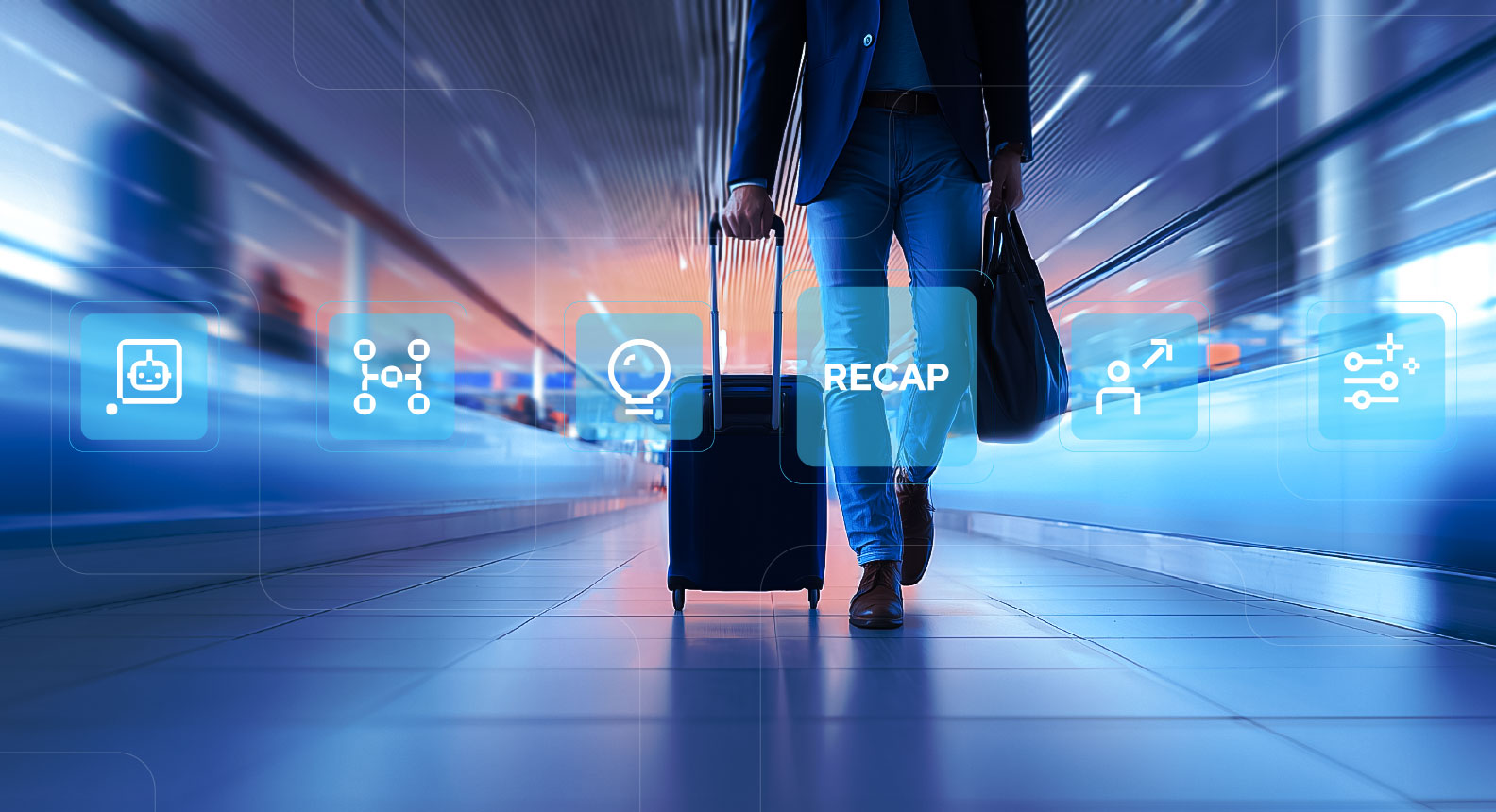Technology powers nearly every aspect of modern hospitality, from reservations and check-ins to guest communication and revenue management.
But when a hotel transitions to a new system—whether it’s a property management system (PMS), a booking engine, or a revenue management tool—the process can be risky. Yes, system downtime can disrupt operations, frustrate guests, and result in financial losses. It can be a nightmare just thinking of it.
And the worst part? Without a well-structured plan, hotels may face issues like double bookings, payment failures, and untrained staff struggling with new workflows.
Here’s the good news, though: downtime doesn’t have to be an unavoidable pain. With the right strategy, hotels can seamlessly integrate new technology while maintaining service levels and guest satisfaction.
2 Scenarios: What Works (and What Doesn’t)
When it comes to system transitions in hospitality, the difference between success and failure often comes down to having a plan of action.
Let’s look at two real-world scenarios—one that got it right and one that faced costly setbacks.
Scenario 1) A large hotel chain rushed its transition to a new booking engine just before peak season. Without a backup plan, they faced:
- Data synchronization failures, making check-ins and bookings unreliable.
- Untrained staff, leading to delays and confusion at the front desk.
- Negative guest experiences, with long wait times and payment processing issues.
And by the time they resolved the issues, guest complaints had surged, and revenue losses were significant.
Scenario 2) In contrast, a boutique hotel in Europe transitioned from an outdated, on-premise PMS to a cloud-based solution. Instead of a sudden switch, they:
- Ran the new system in a test environment to resolve integration issues beforehand.
- Rolled it out in phases, starting with one property before expanding to the rest.
- Conducted comprehensive staff training weeks before go-live, ensuring a smooth transition.
The result? Zero downtime, no guest impact, and immediate operational improvements.
Laying the Groundwork and Preparing for a Smooth Transition
Of course, a successful system transition begins long before the switch ever happens. Alas, the most effective hotels plan ahead to minimize operational risks.
Below are four important steps for you to consider in the preparation phase:
1. Map Out System Dependencies - A smooth transition starts with understanding how the new system interacts with existing tools like the PMS, CRM, payment gateways, and housekeeping apps. Overlooking even one connection can cause operational delays or data mismatches. For this, a thorough audit helps identify potential conflicts early, allowing for adjustments before implementation.
2. Run a Full System Backup - Backing up all data before migration safeguards guest records, reservations, and financial information in case of errors. Parallel testing (i.e.running the new system alongside the old one) can help detect issues early. As a result, this can reduce surprises on the go-live date and ensure a smoother switch.
3. Choose the Right Timing - Launching a new system during peak season increases the risk of disruptions. Instead, schedule transitions when guest volume is lower, giving staff time to adapt and troubleshoot any issues without affecting operations or revenue.
4. Communicate with Staff Keeping all teams—front desk, reservations, IT, and housekeeping—informed will help ensure a smoother transition. Beyond awareness, hands-on training is key. When staff can practice with the new system before launch, they gain confidence, reducing errors and delays once it’s live.
How to Manage the Transition and Operations Running in Real-Time
The problem is that, even with careful preparation, system transitions can come with unexpected challenges. The key to avoiding downtime is real-time monitoring and problem-solving.
- Have an on-call technical team: IT support should be available immediately to troubleshoot issues.
- Monitor system performance: Track data synchronization, processing speeds, and user interactions to catch glitches early.
- Empower staff to report issues: Encourage employees to flag any irregularities for fast resolution.
Enhancing Guest Experience During Transitions
Disrupting the guest experience during a system transition is the last thing any hotel wants. The solution here is to manage these moments with grace and efficiency. Proactive communication, coupled with backup processes like manual check-in options, can mitigate frustrations.
Clear communication matters. If a minor delay in check-ins or payments is anticipated, staff should be prepared to:
- Offer alternative solutions (e.g., manual check-ins, pre-printed key cards).
- Provide a guest-friendly explanation without overcomplicating technical details.
- Use goodwill gestures (e.g., complimentary drinks) to keep guests at ease.
You should aim to empower your frontline staff with the knowledge and tools to swiftly address issues and keep guest interactions smooth. At the end of the day, a satisfied guest experience is all about how you handle the bumps along the way.nAdditionally, hotels should always have a rollback plan—a contingency strategy that allows them to revert to the previous system if needed, thus ensuring uninterrupted service.
Post-Transition Optimization and Fine-Tuning for Long-Term Success
Once the system is live, the transition isn’t over. The post-go-live period is critical for optimization, troubleshooting, and ensuring everything runs smoothly.
Steps for post-transition success:
- Conduct a system audit
- Verify data accuracy and correct any migration errors.
- Ensure all integrations are functioning properly.
- Gather staff and guest feedback
- Identify any usability issues from employees working with the system daily.
- Monitor guest interactions to catch any service disruptions.
- Reassess security protocols
- Check for potential vulnerabilities, ensuring compliance with GDPR, PCI DSS, and other data security regulations.
4 Technology Trends that Reduce Downtime
The hospitality industry is witnessing rapid advancements in technology, making system transitions less daunting. Consider these emerging trends:
- API-First Solutions - Modern systems are built for seamless integration, reducing compatibility issues and smoothing data exchanges between different platforms.
- Cloud-Based Infrastructures - Cloud solutions minimize reliance on physical hardware, offering remote monitoring and flexible scalability that keep systems agile and resilient.
- AI-Powered Troubleshooting - Some systems now incorporate AI to detect and resolve integration issues automatically, helping to preempt problems before they impact operations.
- Modular Tech Stacks - Instead of relying on a single, monolithic system, hotels are increasingly adopting modular solutions. This approach allows for easier upgrades and replacements, tailored to each specific operational need.
Ensuring a Seamless Transition with the Right Partner
System transitions in hospitality come with high stakes: downtime, data errors, and operational disruptions can impact both revenue and guest experience. The real challenge isn’t just implementing a new system. It’s ensuring a smooth, disruption-free integration that aligns with your existing operations. But with careful planning, strategic timing, and proper staff training, these risks can be minimized, and even eliminated. That’s where having the right technology partner makes all the difference.
With deep expertise in seamless integrations and process excellence in the travel industry, Sciant helps hospitality businesses navigate complex system transitions with confidence. From mapping out dependencies to executing a flawless go-live, our approach ensures minimal downtime and maximum efficiency. If you’re planning a system transition and want to avoid costly disruptions, book a 30-minute consultation to assess your system readiness—no strings attached.


